The Sad Story Of MEASAT-1: M’sia’s First Comm Satellite

- 169Shares
- Facebook136
- Twitter6
- LinkedIn5
- Email10
- WhatsApp12
Have you ever thought about life before the internet? Or better yet, have you ever thought about life before satellite TV and entertainment? Well, back in the day, Malaysia only had a select number of television programmes and one major telco company, but ever since this little thing called the MEASAT-1, we’ve all become the couch potatoes and internet addicts we are today.
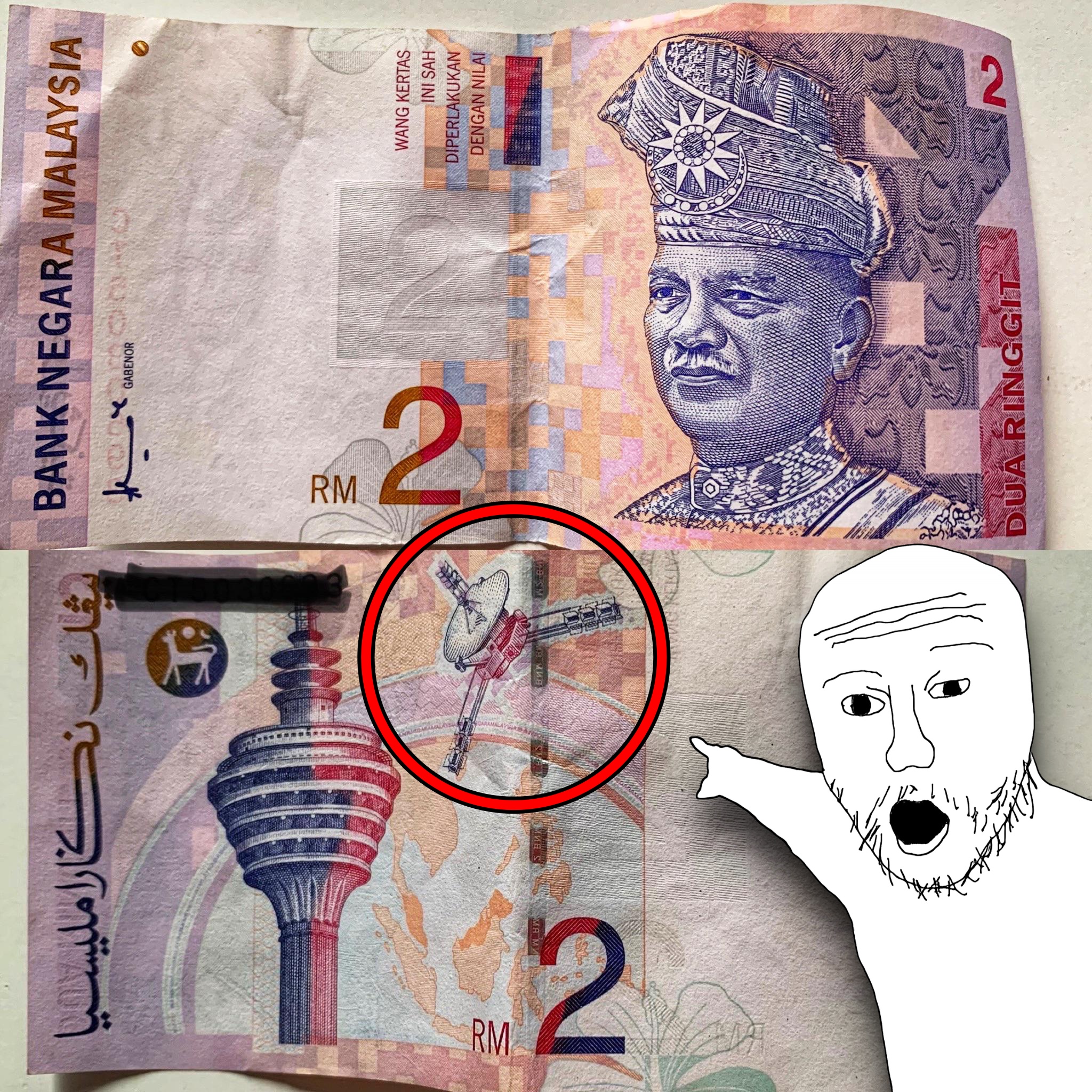
Seems like the MEASAT-1 was a pretty big deal especially when you factor in the fact that this lil satellite used to be printed on our RM2 notes. But why have most people forgotten about our friend today? To answer that, we dive into MEASAT-1’s history and update you on the current location of the satellite. Disclaimer: Prepare tissues if you’re sentimental.
Malaysia’s first comm satellite actually gave us Maxis!

Conceptualised by then-PM Mahathir Mohamad in 1993, the MEASAT-1 is Malaysia’s first communications satellite. It provided services to Malaysian broadcasters and introduced DTH (Direct-to-home) platforms and telco operators. Basically, it gave Malaysians more television programmes and the telcos we use today.
The reason why Mahathir cooked-up the MEASAT-1 was because he wanted to end the government’s monopoly over communication services. At the time, Telekom Malaysia Berhad (TM) had a chokehold on our telecommunications. But that ended when Mahathir introduced a privately-owned company by the name of Binariang Sdn Bhd into the groupchat. Who is that? Well, maybe you might know them by their current name, Maxis.
In 1994, they signed a contract with Hughes Space & Communications Company, which you may know by their current name Boeing Satellite Systems who now works closely with NASA. It was built in El Segundo, California and was a souped-up version of the Model 376 satellite.

Finally launching in 1996 on Ariane Rockets in French Guiana, the MEASAT-1 was placed in a geostationary orbit at 91.5 degrees East with services that reached areas from India to Hawaii and Japan to East Australia. Basically, the geostationary orbit means its located 36km above the equator to provide coverage for approximately 1/3 of Earth’s surface.
Now you might start to understand why this satellite was such a big deal for Malaysians and why people at the time had stamps with the MEASAT-1 printed on it. But that’s not all this lil guy did…
MEASAT-1 introduced us to a certain TV company that you might know…
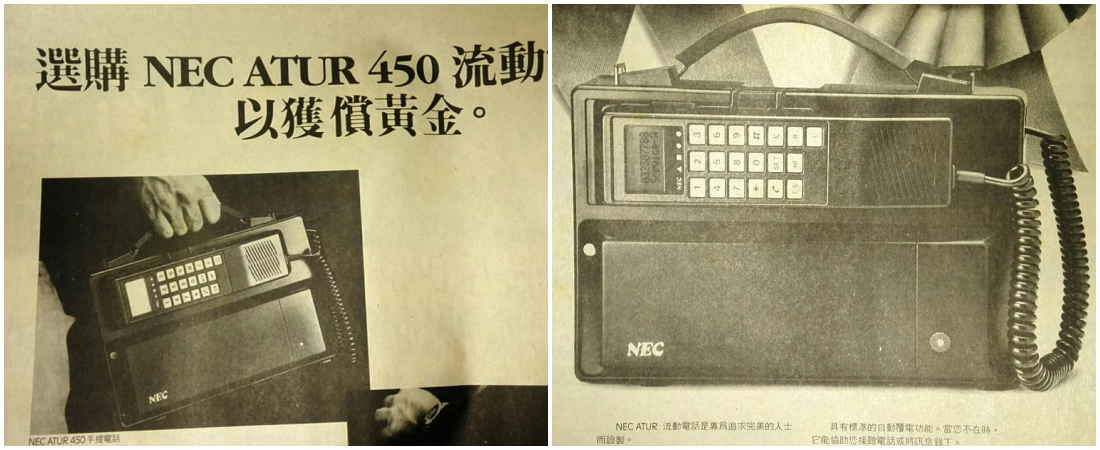
Before the MEASAT-1, Malaysia only had one telco that reigned supreme. The 1985 ATUR 450 was Malaysia’s first wireless telecom system, which signalled the arrival of mobile services in Malaysia. Not to be confused with the gaming console, ATARI, the ATUR 450 was actually introduced by Telekom Malaysia Berhad, which you know is linked to the government.
In terms of broadcasting, everybody was watching programmes on Radio Malaya a.k.a Radio Televisyen Malaysia (RTM). Further down the line, we got programmes from Media Prima, which launched the nostalgic Mega TV in 1995, but even then, options were limited. Not to mention that the big guy, RTM was also government-linked.
All of this sounds super Orwellian right now, and that’s because it was. That’s why when Mahathir launched the MEASAT-1, he said,
“This is Malaysia Boleh, if we desire it we can. 38 years ago we were backward and unable to do anything ourselves. More important is control over ourselves.” -via Bernama
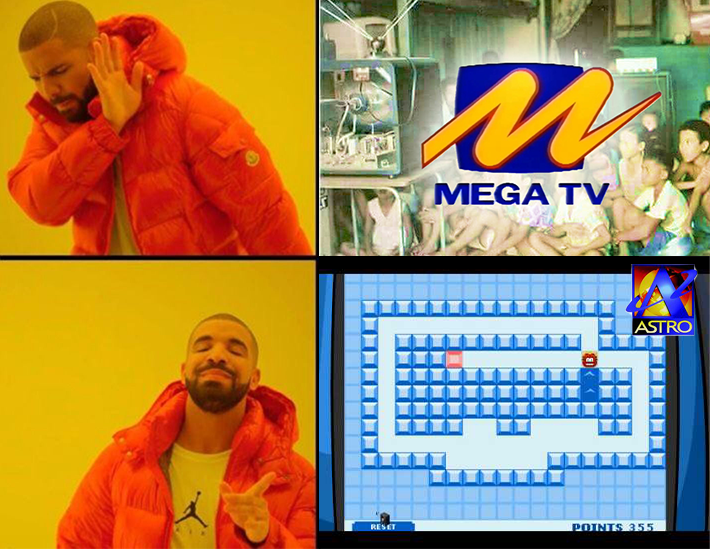
With that, in 1996 – only 6 months after the MEASAT-1 launched – Astro was born. And the once popular Mega TV, which was our first subscription-based pay TV service, succumbed to the endless options provided by its successor. And TM? While it still remains one of our largest companies today, it was surpassed as the largest telco company in Malaysia by none other than Maxis.
Hats off to MEASAT-1 for its (satellite) service! But where is our dear friend today? While the RM2 note died off in 2002 (RIP you will be missed), the MEASAT-1 had a longer lifespan, but maybe a more tragic ending…
The MEASAT-1 is now space trash
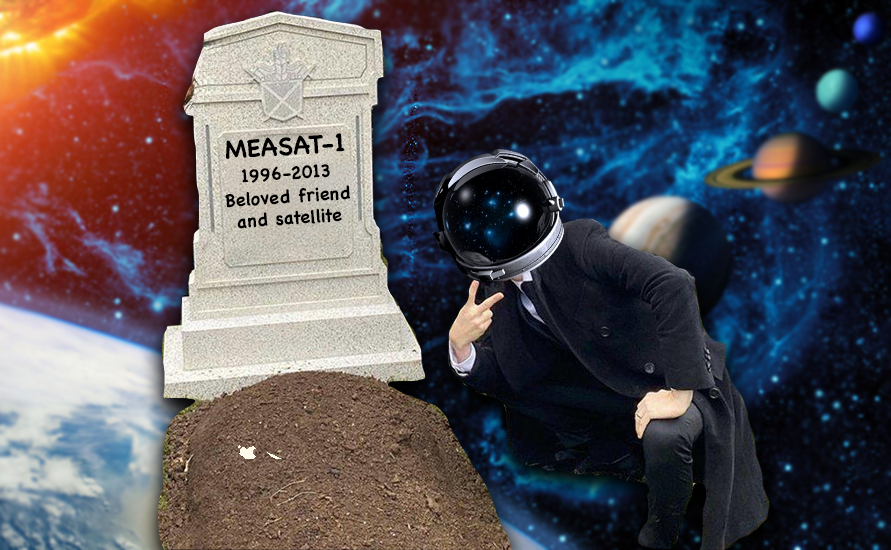
The average lifespan of a satellite is about 12-16 years… kinda like a cat. In 2009, the MEASAT-1 was still functioning even beyond the 12 years it was targeted to stay alive, but it had shifted to provide service to Africa. With that, it was given a new name, the AFRICAST-1.
But as we know, when cats grow old, they become a lot less playful and they tend to stay in one corner, just sulking and withering away. The same can be said for our friend the MEASAT-1. In 2013, when it was 17 years old, the MEASAT-1 finally de-orbited and was sent to what space experts call the Graveyard orbit.
Basically, it means that our friend has reached the end of its life and similar to a dying cat, it will use its last bits of energy (in this case fuel) to slow down before eventually falling completely out of orbit and burning up in the atmosphere. Yikes, that was so morbid, I’m sorry. What I meant to say was…
In other words, they are sent far away from Earth… so kinda like heaven. But for satellites. Is that better?
Now that our friend is in the space junkyard heaven, we shouldn’t feel too bad about it since the MEASAT-1 has actually passed its torch over to its siblings that are continuing its legacy.
Don’t be MEA-sad 🙁
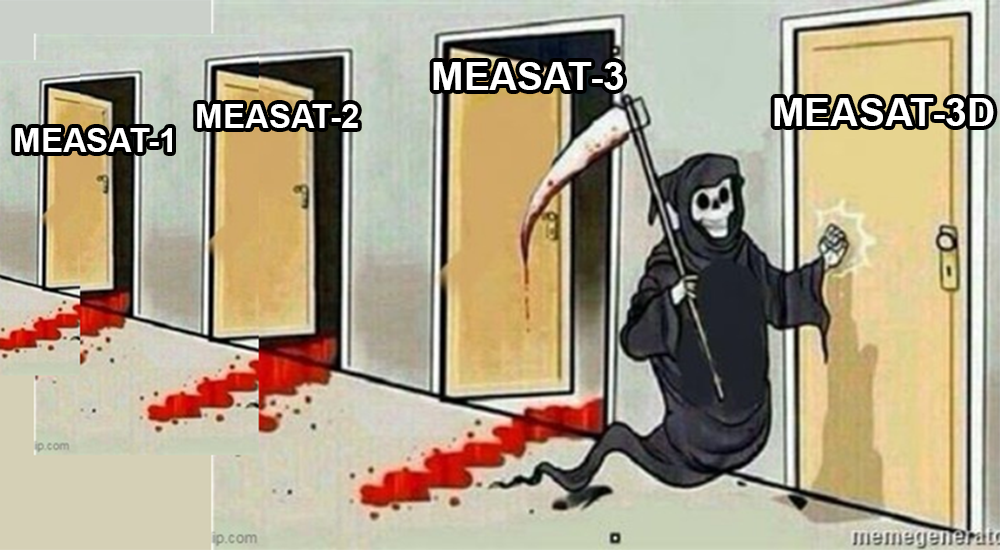
The MEASAT-1 actually had an Irish twin, the MEASAT-2, which was launched in November of the same year. The only differences between the two are its geographic coverage and transponder bandwidth. Unlike the MEASAT-1, there isn’t much information on the MEASAT-2, but since its lifespan is the same, let’s assume they’re both in satellite heaven. However, their younger sibling, the MEASAT-3 suffered a more mysterious death.
It launched in 2006, but after 15 years in space, in June 2021 (the peak of the pandemic) the MEASAT-3 was knocked out of orbit due to an “unexplained issue”. For a while, the satellite was “playing dead” in space, but when Measat conducted testing and recovery efforts, the company finally decided it was time to say goodbye. But that’s not before the MEASAT-3 momentarily wiped out Astro during its last hoorah, causing viewers who were sitting at home during quarantine to wonder, “Now what?”. Legendary.
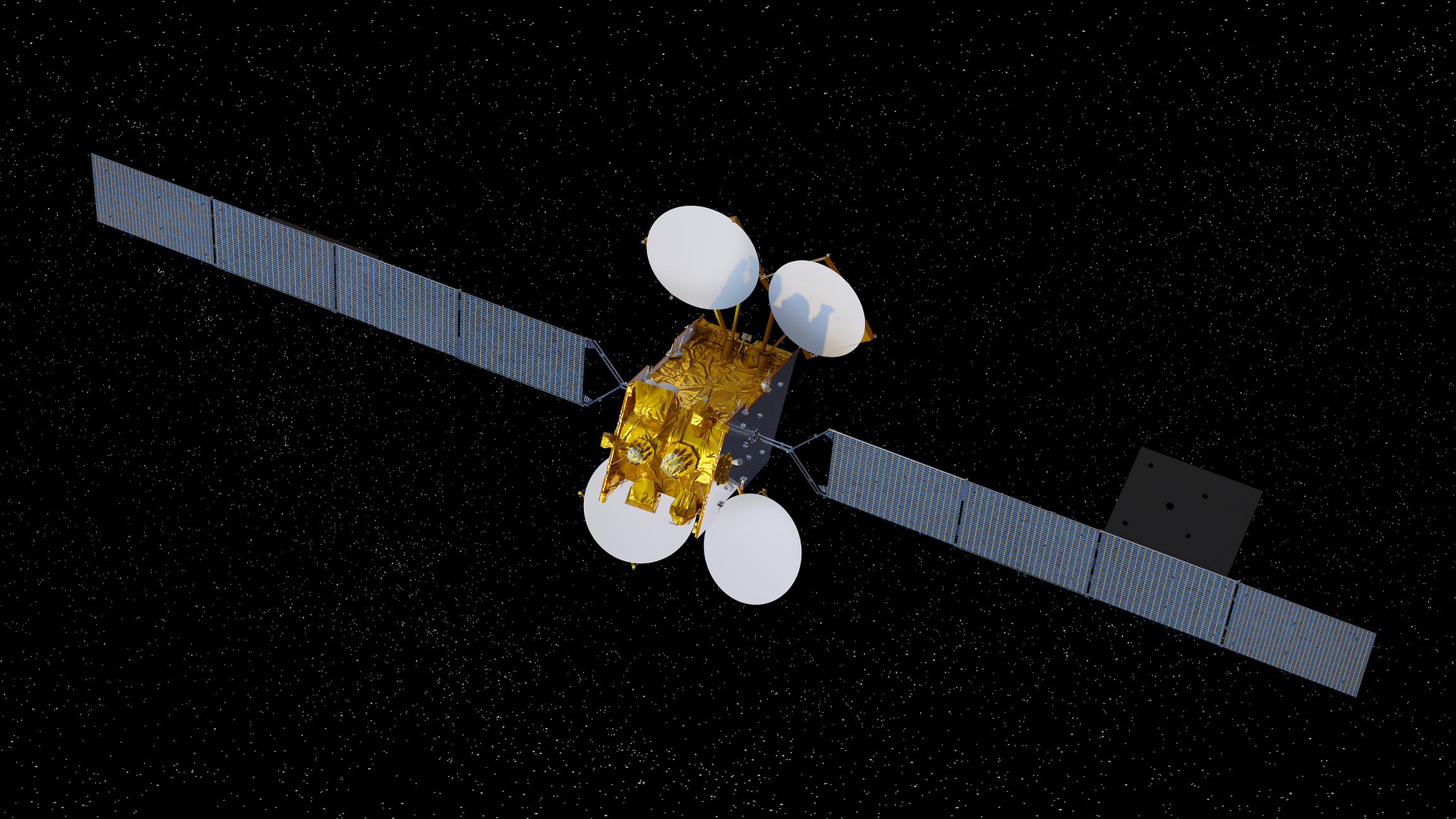
The MEASAT-3 actually has a whole MCQ of variations like the MEASAT-3a, 3b and 3c, but since we all hate exams, let’s just talk about the newest edition, the MEASAT-3d, which launched in June 2022. Unlike its predecessors, the MEASAT-3d will cover 42% of the Earth, which is a huge leap from the 33% of MEASAT-1. That means better connectivity and not just in broadcasting and telecommunications, but also in broadband services. With this new satellite, the Malaysian government expects to achieve 100% 4G population coverage, which also includes rural areas that were previously ignored.
When we look back at all the achievements contributed by our first Malaysian communications satellite, it seems like there is nowhere else to go but up – literally. So, when space kills one satellite, it births new ones that will help us reach greater frontiers.
- 169Shares
- Facebook136
- Twitter6
- LinkedIn5
- Email10
- WhatsApp12



